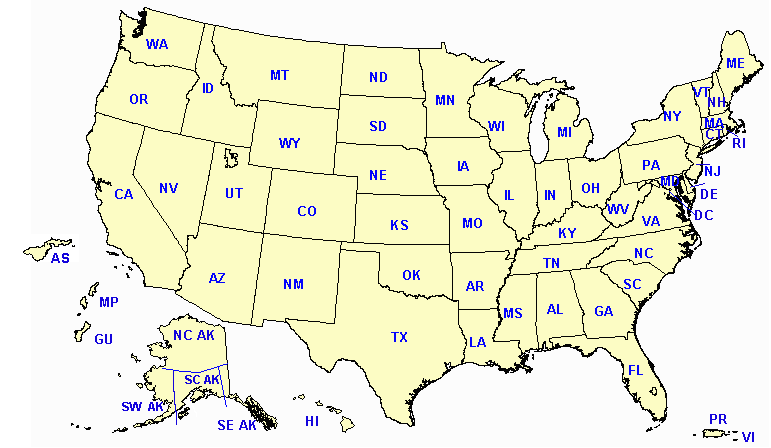
A strong atmospheric river will continue heavy rain over southern California through Friday. The heaviest rainfall is ongoing today in the Los Angeles Basin. Flash and urban flooding is possible. A prolonged heavy snowfall has begun over the Sierra Nevada Mountains and will continue through Friday. Travel will become increasingly difficult over the passes due to snow and strong winds. Read More >
Coverage is affected by many factors.
Read the Coverage Map Notes below to understand these factors on the state and individual maps.

The coverage statistics and maps are calculated using a computer model and station data, assuming ideal conditions. Actual coverage may be 5 to 10 percent below the computer-predicted coverage due to the following factors: